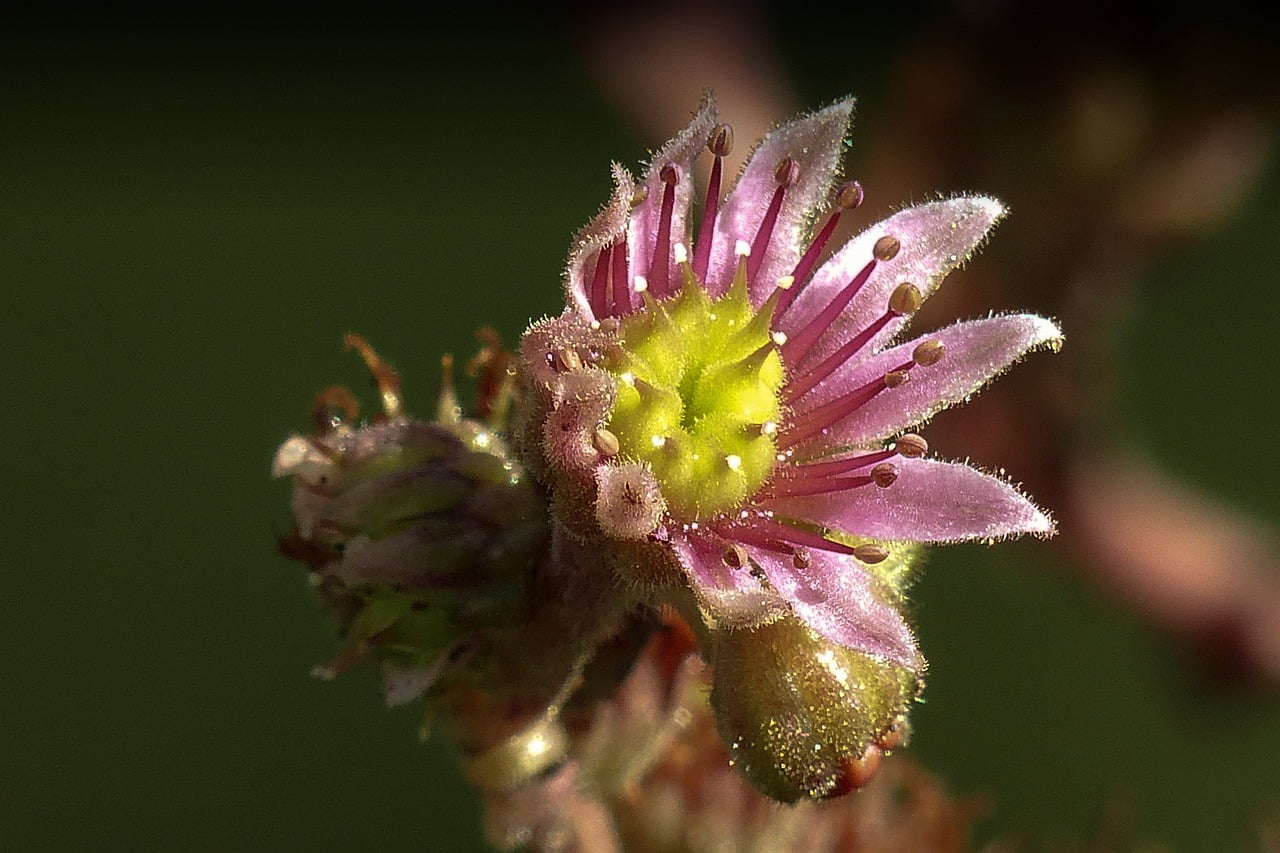
Unveiling the Beauty of Jovibarba: Planting and Care Guide
Introduction
Welcome to the wonderful world of Jovibarba! If you have a green thumb or simply adore the charm of succulents, you’ve come to the right place. In this comprehensive guide, we’ll explore the fascinating realm of Jovibarba, commonly known as “hen and chicks.” From planting these delightful succulents to nurturing them with care, we’ve got it all covered.
Table of Contents
- What Are Jovibarba Succulents?
- Choosing the Right Jovibarba Species
- Ideal Growing Conditions
- Sunlight Requirements
- Soil Preferences
- Watering Habits
- Planting Jovibarba Succulents
- Planting in Containers
- Planting in the Ground
- Propagation Techniques
- Offsets
- Leaf Cuttings
- Caring for Your Jovibarba
- Watering Frequency
- Fertilizing Guidelines
- Pest and Disease Management
- Seasonal Considerations
- Winter Care
- Summer Precautions
- Creative Landscaping with Jovibarba
- The Aesthetic Appeal of Jovibarba
- Color Varieties
- Texture and Form
- Frequently Asked Questions
- How fast do Jovibarba succulents grow?
- Can Jovibarba be grown indoors?
- Do Jovibarba plants flower?
- How do I deal with overgrown Jovibarba clusters?
- Are Jovibarba plants toxic to pets?
- Conclusion
What Are Jovibarba Succulents?
Jovibarba, commonly referred to as “hen and chicks” or “houseleeks,” are charming succulent plants that belong to the Crassulaceae family. These resilient plants are native to alpine regions and are renowned for their rosette-like growth habit. The name “hen and chicks” is derived from their unique growth pattern, where the mother plant (hen) produces numerous small offsets (chicks) around it.
Choosing the Right Jovibarba Species
Before diving into the world of Jovibarba, it’s essential to choose the right species that suit your gardening preferences. Some popular Jovibarba species include Jovibarba heuffelii, Jovibarba sobolifera, and Jovibarba allionii, each with its distinctive characteristics.
Ideal Growing Conditions
Sunlight Requirements
Jovibarba succulents thrive in full sun to partial shade conditions. They require at least 6 hours of sunlight daily to flourish and display their vibrant colors.
Soil Preferences
Well-draining soil is paramount for Jovibarba. A mixture of cactus potting mix and perlite or sand works exceptionally well, ensuring proper drainage to prevent root rot.
Watering Habits
Jovibarba is drought-tolerant, so it’s crucial not to overwater them. Water sparingly and allow the soil to dry out between waterings to prevent root issues.
Planting Jovibarba Succulents
Planting in Containers
When planting Jovibarba in containers, ensure the pots have drainage holes. Select a pot that provides ample room for growth and allows proper airflow.
Planting in the Ground
For those considering garden beds, prepare well-draining soil and space the Jovibarba rosettes appropriately, considering their mature size.
Propagation Techniques
Offsets (Chicks)
Jovibarba’s unique reproductive strategy involves producing offsets or “chicks” around the mother plant. Gently separate these offsets and plant them in their pots or garden locations.
Leaf Cuttings
Another propagation method involves taking leaf cuttings from healthy Jovibarba plants. These cuttings can be rooted in well-draining soil.
Caring for Your Jovibarba
Watering Frequency
As mentioned earlier, Jovibarba prefers infrequent watering. During the growing season, water sparingly, and reduce watering during the dormant winter months.
Fertilizing Guidelines
Feed your Jovibarba succulents with a balanced, diluted succulent fertilizer during the growing season, typically from spring to late summer.
Pest and Disease Management
Jovibarba are relatively pest-resistant, but keep an eye out for common succulent pests like aphids or mealybugs. Neem oil or insecticidal soap can help manage infestations.
Seasonal Considerations
Winter Care
In cold climates, protect your Jovibarba from frost by providing adequate shelter or moving them indoors. Water sparingly during the winter dormancy period.
Summer Precautions
During scorching summers, provide some shade to prevent sunburn. Water deeply but less frequently to prevent dehydration.
Creative Landscaping with Jovibarba
The versatility of Jovibarba makes them perfect for creative landscaping. Use them as ground cover, in rock gardens, or even in decorative containers to add charm to your outdoor spaces.
The Aesthetic Appeal of Jovibarba
Color Varieties
Jovibarba come in various colors, ranging from deep green to shades of red, purple, and even silver. These colors intensify with proper sunlight.
Texture and Form
The rosette shape and unique textures of Jovibarba make them captivating focal points in any garden.
Frequently Asked Questions
How fast do Jovibarba succulents grow?
Jovibarba succulents are generally slow growers, taking several years to reach their full size.
Can Jovibarba be grown indoors?
Yes, Jovibarba can thrive indoors if provided with adequate sunlight and well-draining soil.
Do Jovibarba plants flower?
Jovibarba can produce tiny, star-shaped flowers, but they are not the main attraction; the rosettes steal the show.
How do I deal with overgrown Jovibarba clusters?
You can thin out crowded clusters by gently removing and replanting offsets or chicks.
Are Jovibarba plants toxic to pets?
Jovibarba are generally non-toxic to pets, but it’s best to prevent them from nibbling on any plant.
Conclusion
In conclusion, Jovibarba succulents are remarkable additions to any garden. Their captivating rosettes, ease of care, and versatility in landscaping make them a must-have for plant enthusiasts. Remember to choose the right species, provide ideal growing conditions, and enjoy the evergreen beauty of Jovibarba in your outdoor spaces.